The grim realities of prison life have long captured the imaginations of musicians far beyond the imposing walls of penitentiaries. From the outlaw narratives of Johnny Cash to the social commentaries of Public Enemy, the specter of incarceration has served as both a haunting fear and a potent muse for countless artists, inspiring them to craft some of the most compelling songs in music history. This fascination transcends genres, echoing through country twangs, rock riffs, hip-hop beats, and soulful melodies.
Fortunately for those of us on the outside, we can delve into the world behind bars vicariously through popular culture. Television series like Orange Is the New Black and gritty dramas such as Oz, alongside iconic films like The Shawshank Redemption, offer stark portrayals of prison life. But perhaps even more powerfully, the evocative nature of music allows us to experience the emotional and narrative depths of incarceration through the art of the “Jail Song”. From the high-energy anthems like “Jailhouse Rock” to desperate cries for freedom in “Jailbreak,” we present a curated list of essential jail songs that explore this captivating and often dark theme.
Johnny Cash – “Folsom Prison Blues”
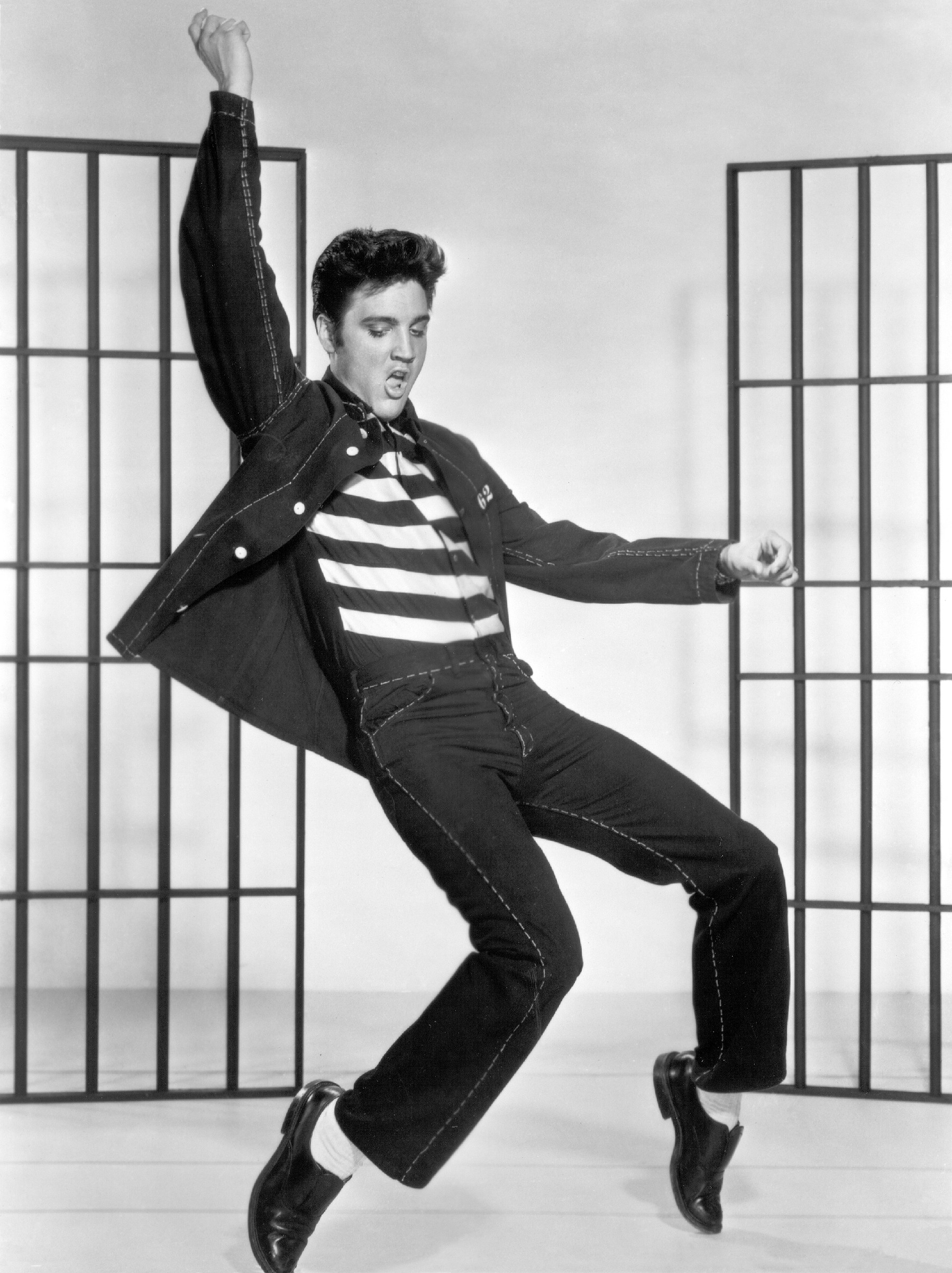 Johnny Cash Folsom Prison Blues performance
Johnny Cash Folsom Prison Blues performance
It’s almost ironic that Johnny Cash, a man who never served significant prison time, penned what is arguably the quintessential “jail song.” “Folsom Prison Blues,” released in 1955, resonates with an authenticity that belies Cash’s own experiences. His deep empathy for the incarcerated, stemming perhaps from his own brushes with the law and personal struggles, fueled his commitment to performing for inmates, famously at Folsom Prison and San Quentin. While Cash wrote numerous “jailhouse tunes,” including “Starkville City Jail” and “San Quentin,” “Folsom Prison Blues” endures as the gold standard, a song that encapsulates the longing for freedom and the somber atmosphere of prison life. Its iconic opening line, “I hear the train a comin’,” immediately sets a scene of isolation and yearning.
Bob Dylan – “Hurricane”
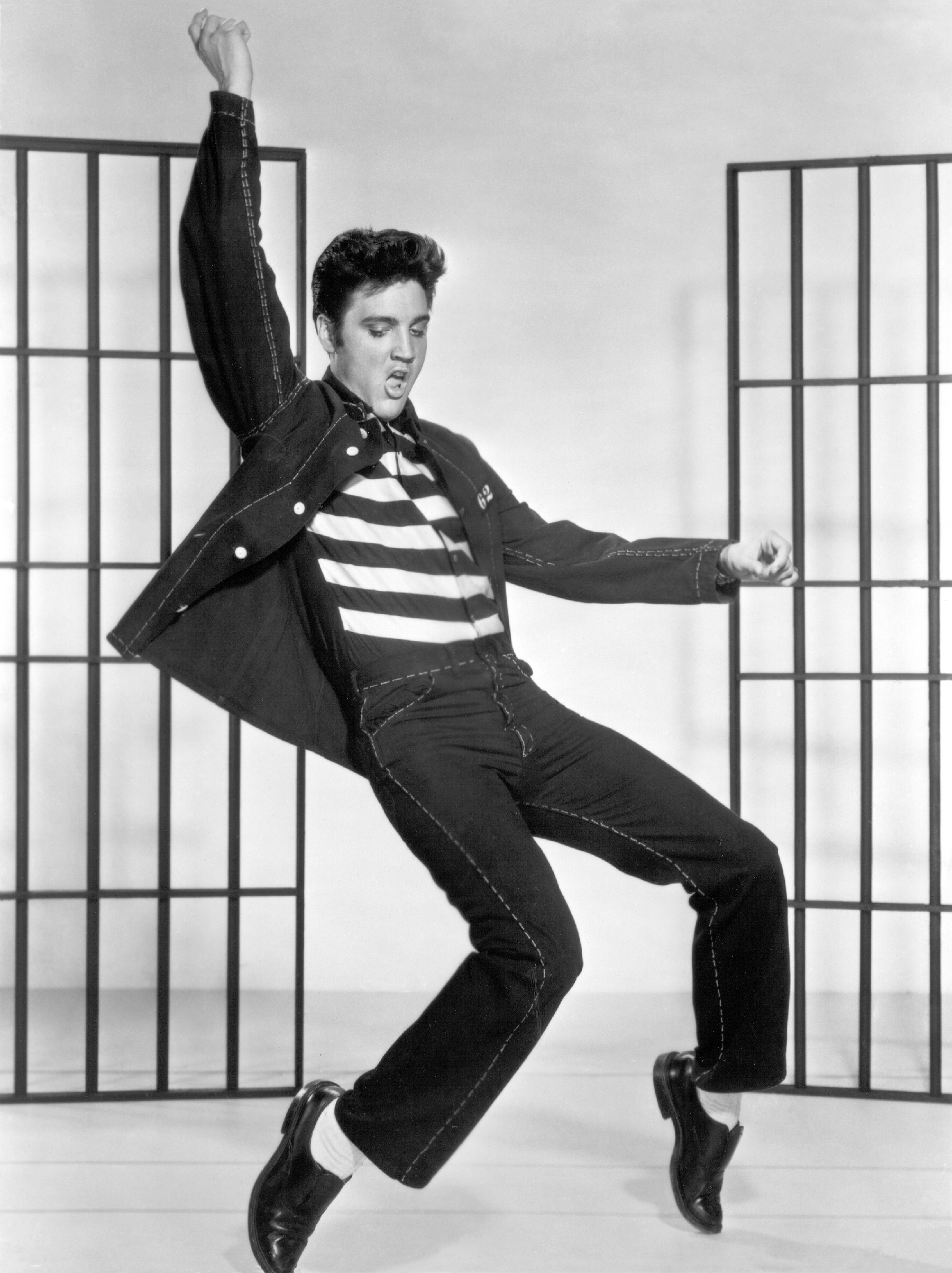 Bob Dylan Hurricane Rubin Carter protest song
Bob Dylan Hurricane Rubin Carter protest song
Bob Dylan’s “Hurricane,” from his 1976 album Desire, is a powerful “jail song” of a different nature. It’s not about the abstract concept of prison, but a searing protest song rooted in the real-life tragedy of Rubin “Hurricane” Carter. Dylan meticulously recounts the wrongful conviction of the boxer for a triple homicide in 1966, highlighting the lack of concrete evidence and suggesting racial bias within the justice system. Despite the glaring inconsistencies in the case, Carter and his friend were convicted. Dylan’s song served as a rallying cry for justice, bringing widespread attention to Carter’s plight and contributing to the movement for a retrial. While Carter was unfortunately re-convicted in 1976, the persistent advocacy, fueled in part by Dylan’s impactful “jail song,” eventually led to his release almost a decade later, underscoring the song’s power to ignite social change.
Elvis Presley – “Jailhouse Rock”
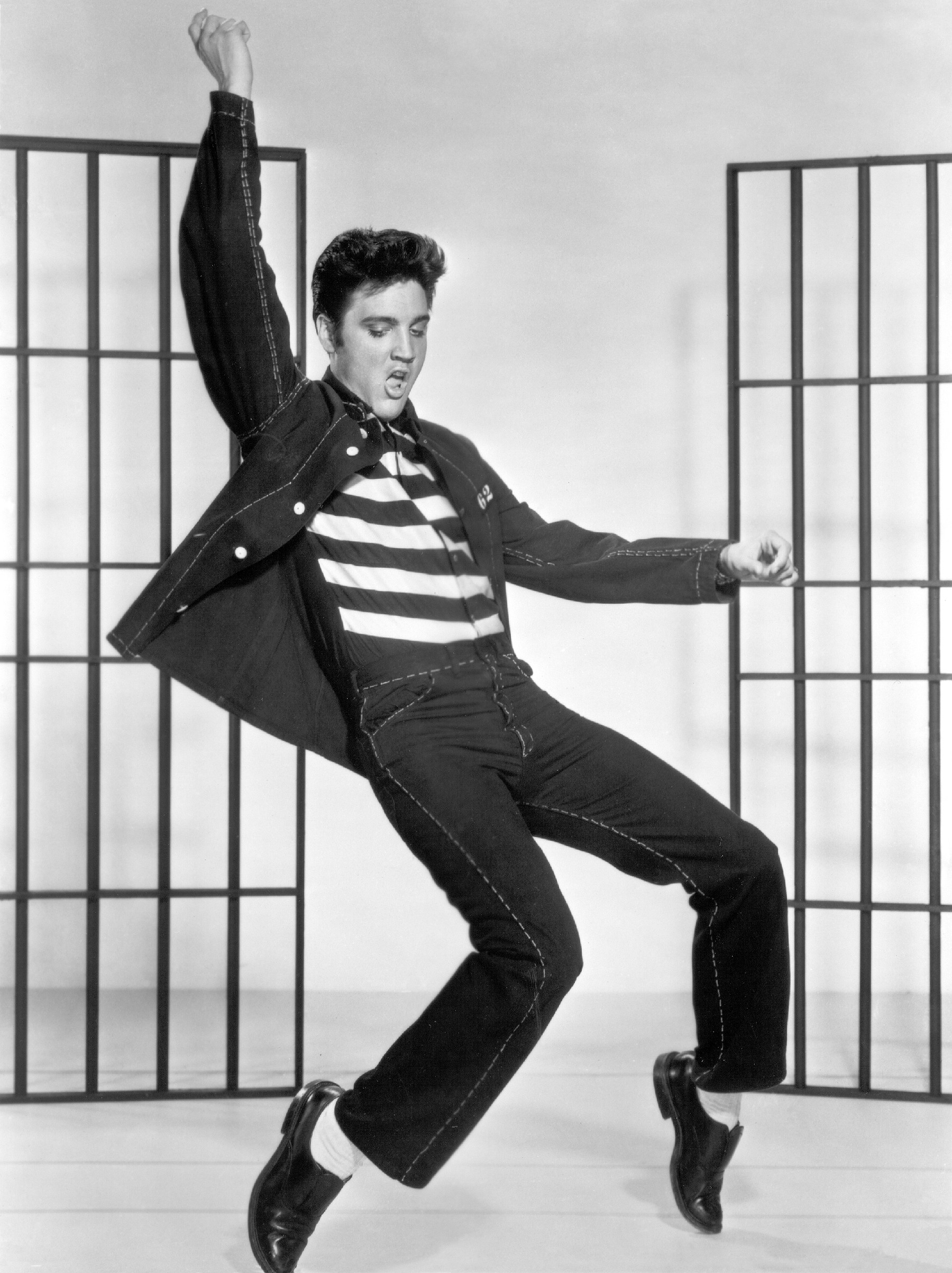 Elvis Presley Jailhouse Rock movie scene
Elvis Presley Jailhouse Rock movie scene
In stark contrast to the somber tones often associated with “jail songs,” Elvis Presley’s “Jailhouse Rock” is an explosion of upbeat energy and rock and roll swagger. This 1957 Leiber and Stoller penned hit was the title track for Presley’s film of the same name, where he portrays a young man who discovers his musical talent while incarcerated. Recognized as one of Rolling Stone’s 500 Greatest Songs of All Time, “Jailhouse Rock” has transcended generations and been covered by a diverse array of artists, from Jeff Beck to John Mellencamp. The Blues Brothers famously performed it within the walls of Joliet Prison in their 1980 film, further cementing its status as a celebratory, albeit ironically themed, “jail song” that captures the rebellious spirit of rock and roll.
The Clash – “Jail Guitar Doors”
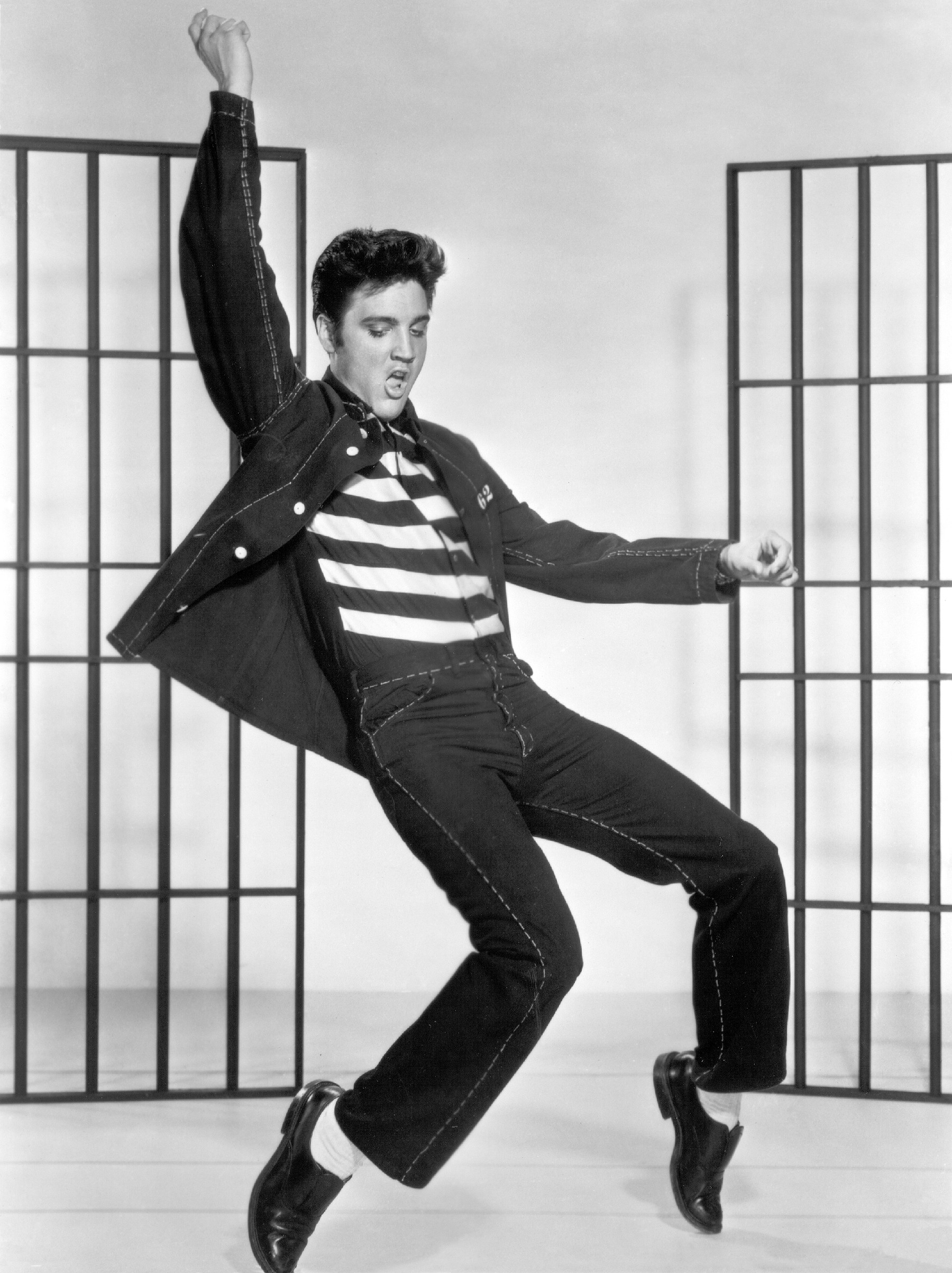 The Clash Jail Guitar Doors single cover
The Clash Jail Guitar Doors single cover
“Jail Guitar Doors” by The Clash, a B-side to their 1977 single “Clash City Rockers,” offers a more introspective take on the “jail song” theme. Penned by Joe Strummer, the track subtly name-checks rock musicians who had faced legal troubles: Wayne Kramer of MC5, Peter Green of Fleetwood Mac, and Keith Richards of the Rolling Stones. It’s a song about solidarity and the shared experiences of artists who have been impacted by the justice system. Notably, Wayne Kramer later partnered with Billy Bragg to establish the Jail Guitar Doors initiative, a program that provides musical instruments to prisoners, transforming the song’s message into tangible support for rehabilitation and creative expression within prison walls.
Warren Zevon – “Prison Grove”
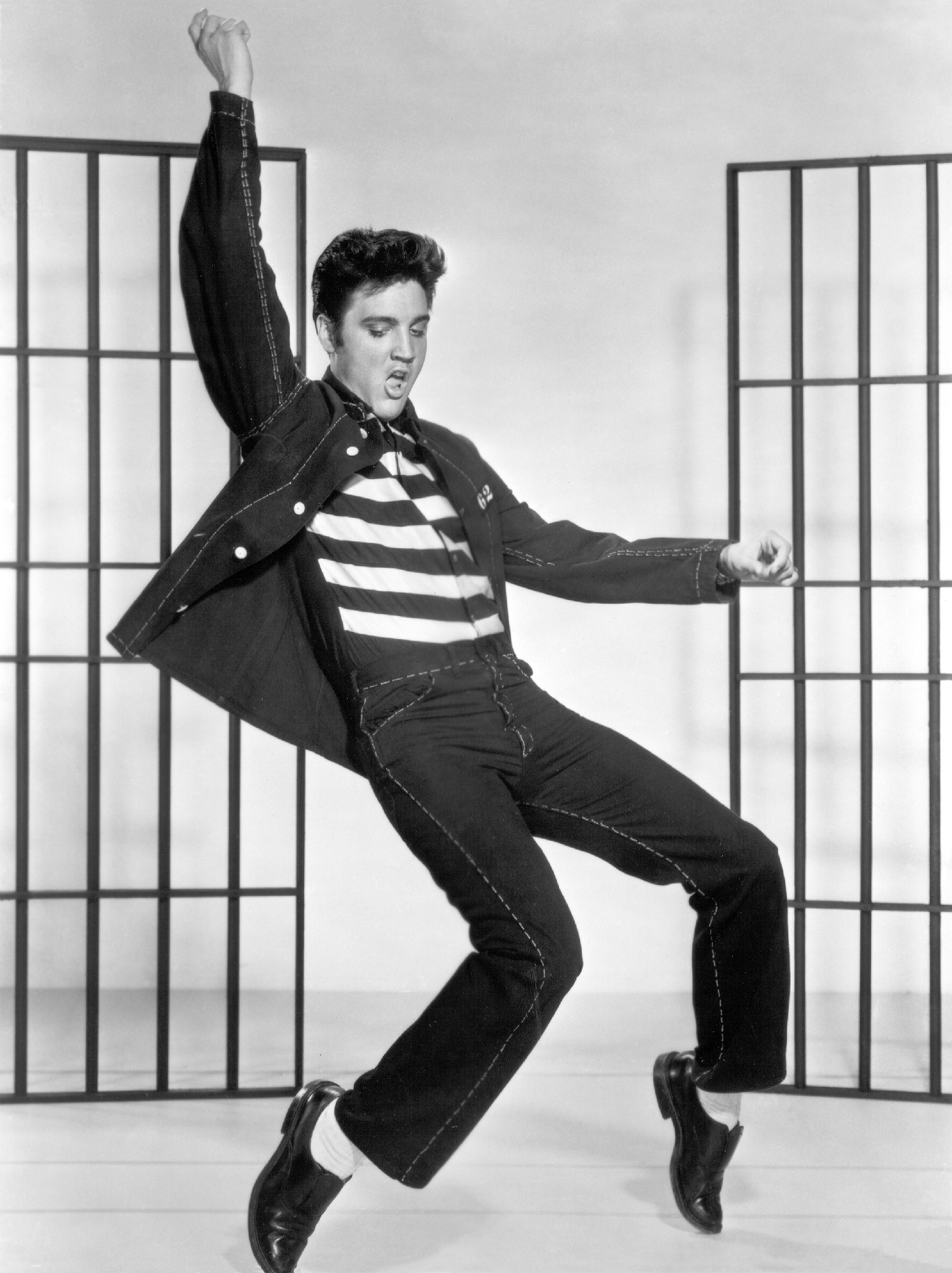 Warren Zevon performing live
Warren Zevon performing live
Warren Zevon’s “Prison Grove,” released in 2003, is a stark and haunting “jail song” that delves into the bleak physical and emotional landscape of incarceration. The lyrics paint a vivid picture of a cold, desolate prison constructed of iron and stone, devoid of warmth even in the depths of winter. Adding a layer of profound weight, Zevon recorded this track while battling terminal lung cancer. This context imbues the song with a chilling sense of inescapable confinement, mirroring his own impending mortality. The addition of Bruce Springsteen, T-Bone Burnett, and others on background vocals amplifies the song’s somber power and its reflection on life’s ultimate constraints.
Tom Waits – “Fish in the Jailhouse”
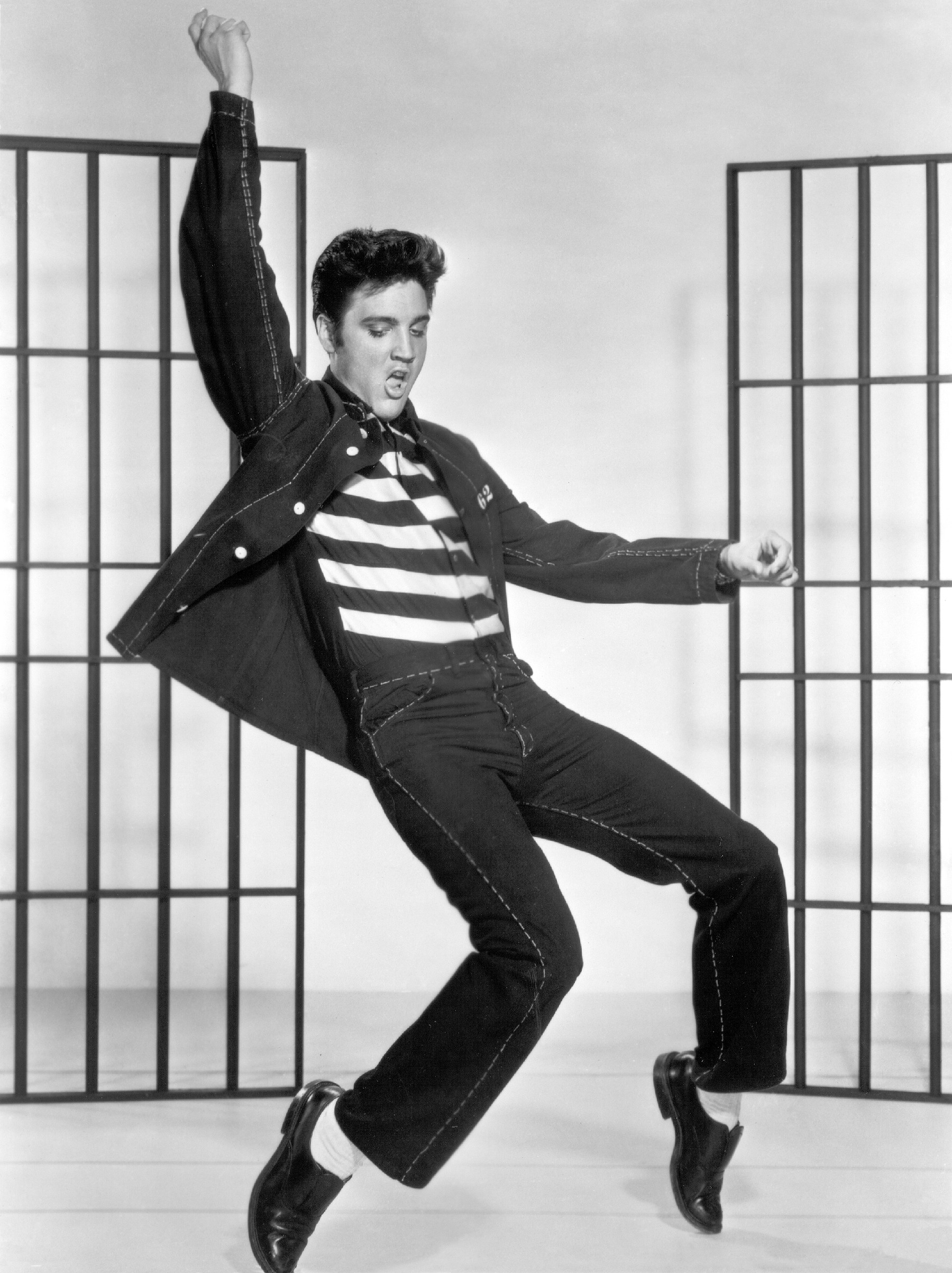 Tom Waits performing with microphone
Tom Waits performing with microphone
Tom Waits’ “Fish in the Jailhouse” takes a surreal and darkly humorous approach to the “jail song” genre. While “fish” typically refers to a new inmate facing a harsh introduction to prison life, Waits plays with the literal meaning. The song introduces Peoria Johnson, a character who boasts to his cellmate about his ability to escape any prison using a “skeleton fish key,” supposedly obtainable from the jailhouse cafeteria’s fish supper. The whimsical concept, reportedly inspired by a dream of Waits’ wife and co-writer Kathleen Brennan, highlights Waits’ signature storytelling style, blending the mundane with the absurd to explore themes of confinement and the desperate yearning for escape, even through fantastical means.
Sublime – “Jailhouse”
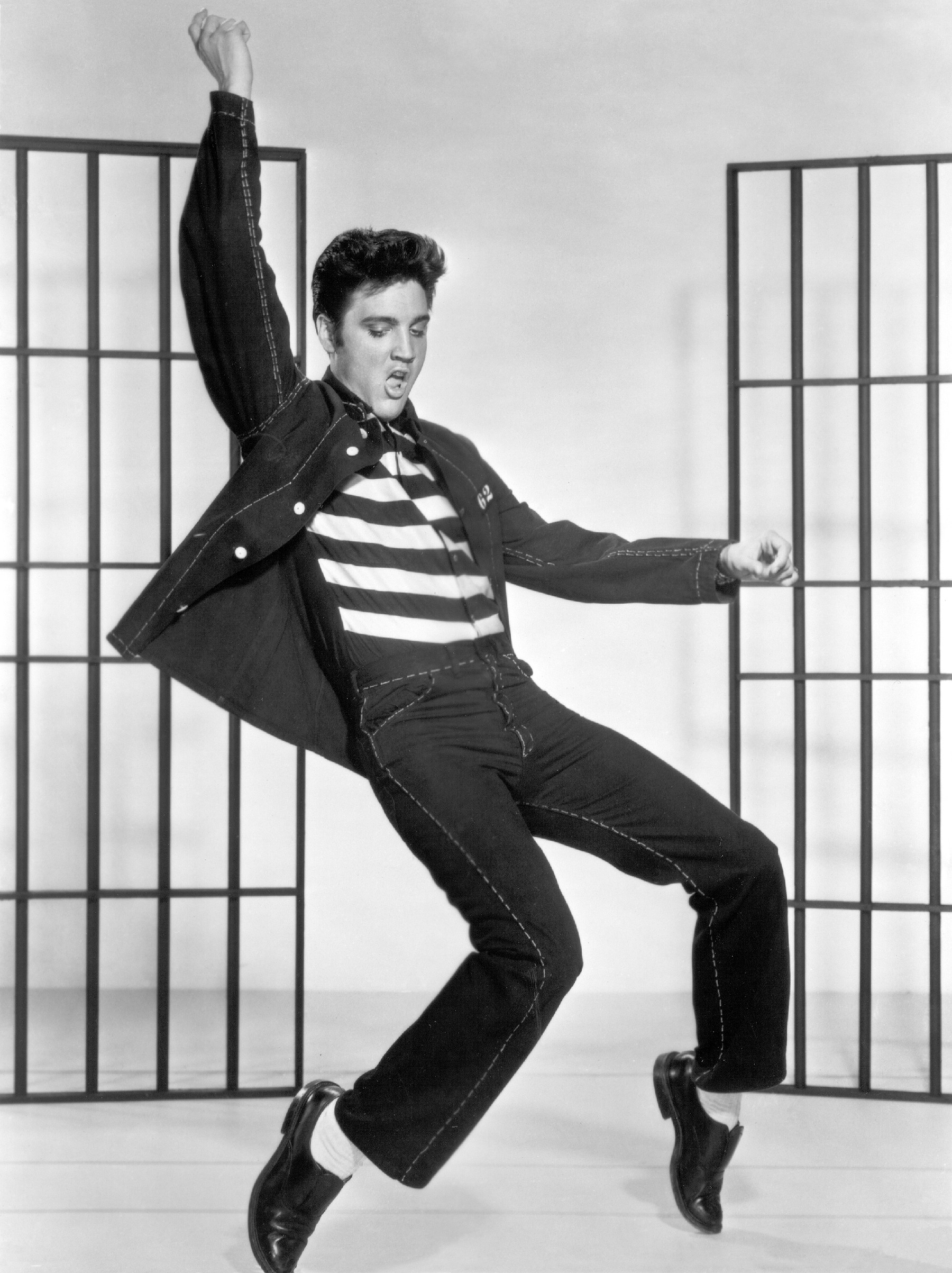 Sublime band performing live
Sublime band performing live
Sublime’s rendition of “Jailhouse,” featured on their major label debut album Sublime, is a vibrant fusion of reggae and punk energy that qualifies it as a unique “jail song”. It’s a cover of an early Bob Marley & The Wailers single, interwoven with Sublime’s own interpretation of Tenor Saw’s “Roll Call.” The result is a dynamic track that captures the rebellious spirit of youth clashing with authority. “Jailhouse” in Sublime’s hands becomes an anthem about the perpetual push-and-pull between youthful defiance and the constraints of the law, resonating with the angst and frustrations of teenage rebellion.
Soundgarden – “Rusty Cage”
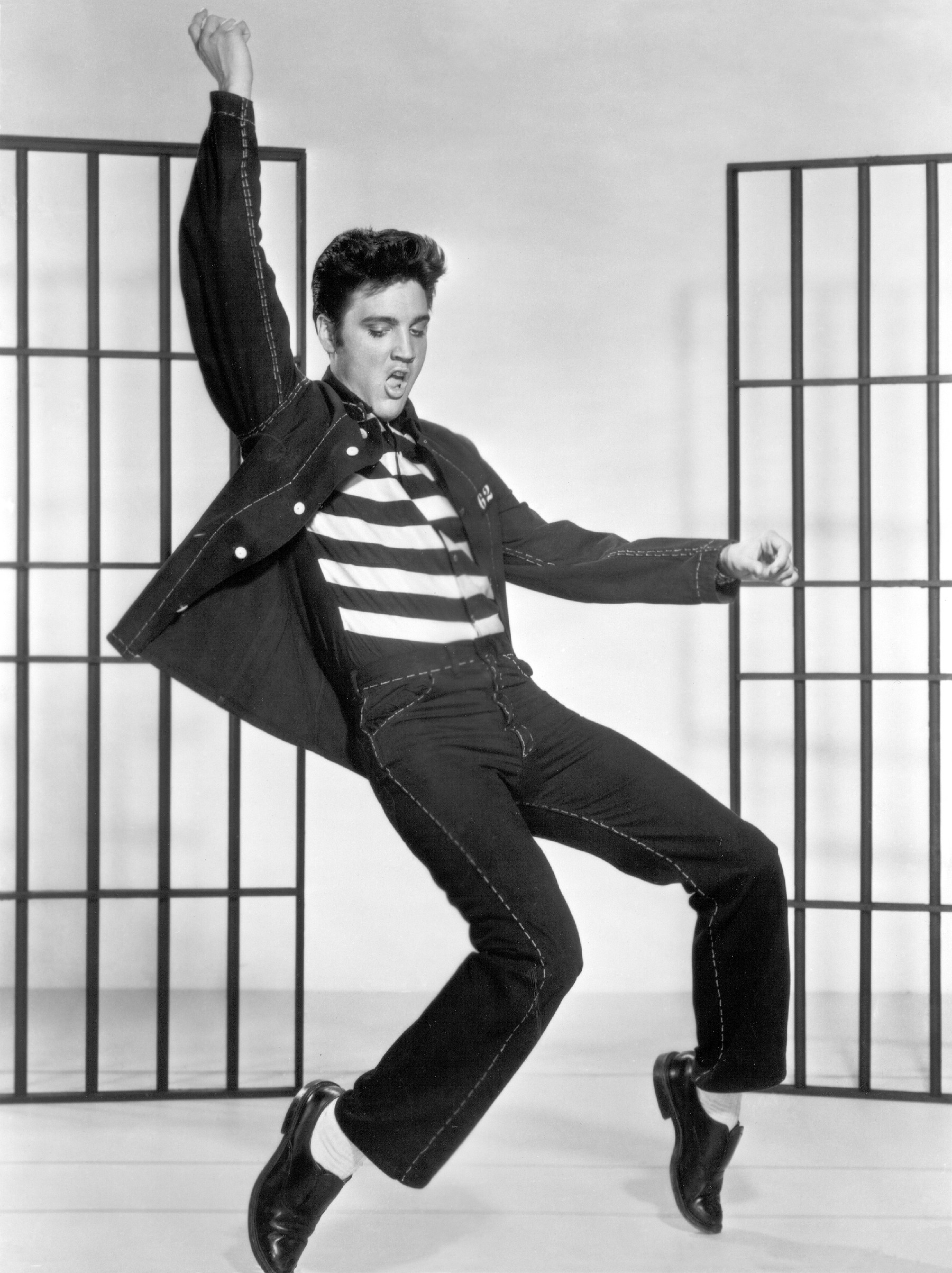 Chris Cornell Soundgarden performing
Chris Cornell Soundgarden performing
Soundgarden’s “Rusty Cage,” from their 1992 album Badmotorfinger, expands the “jail song” metaphor beyond physical imprisonment to encompass feelings of emotional and psychological captivity. This hard-hitting track, a staple of grunge-era angst, uses the imagery of a “rusty cage” to symbolize any form of confinement, be it societal expectations, personal limitations, or internal struggles. The lyrics, “Cutting my teeth on bars and rusty chains. I’m gonna break my rusty cage and run,” express a raw desperation for liberation. Johnny Cash, recognizing the song’s potent themes of confinement and freedom, covered “Rusty Cage” in 1996, further solidifying its place as a powerful and versatile “jail song.”
Suicidal Tendencies – “Institutionalized”
 Suicidal Tendencies Mike Muir performing
Suicidal Tendencies Mike Muir performing
Suicidal Tendencies’ “Institutionalized,” a 1983 punk classic, presents a different kind of “jail song”—one about the confinement of mental health institutions. Mike Muir’s frantic vocals narrate the story of a protagonist facing commitment to a mental facility. The song explores the fear of losing oneself within the system, fearing that treatments like medication and lobotomies will strip him of his identity, turning him into a shadow of his former self. The song’s iconic refrain, “All I wanted was a Pepsi, just one Pepsi,” ironically juxtaposes the perceived overreaction of institutionalization with a simple, unmet desire, highlighting the protagonist’s sense of being misunderstood and unjustly confined.
Black Flag – “Police Story”
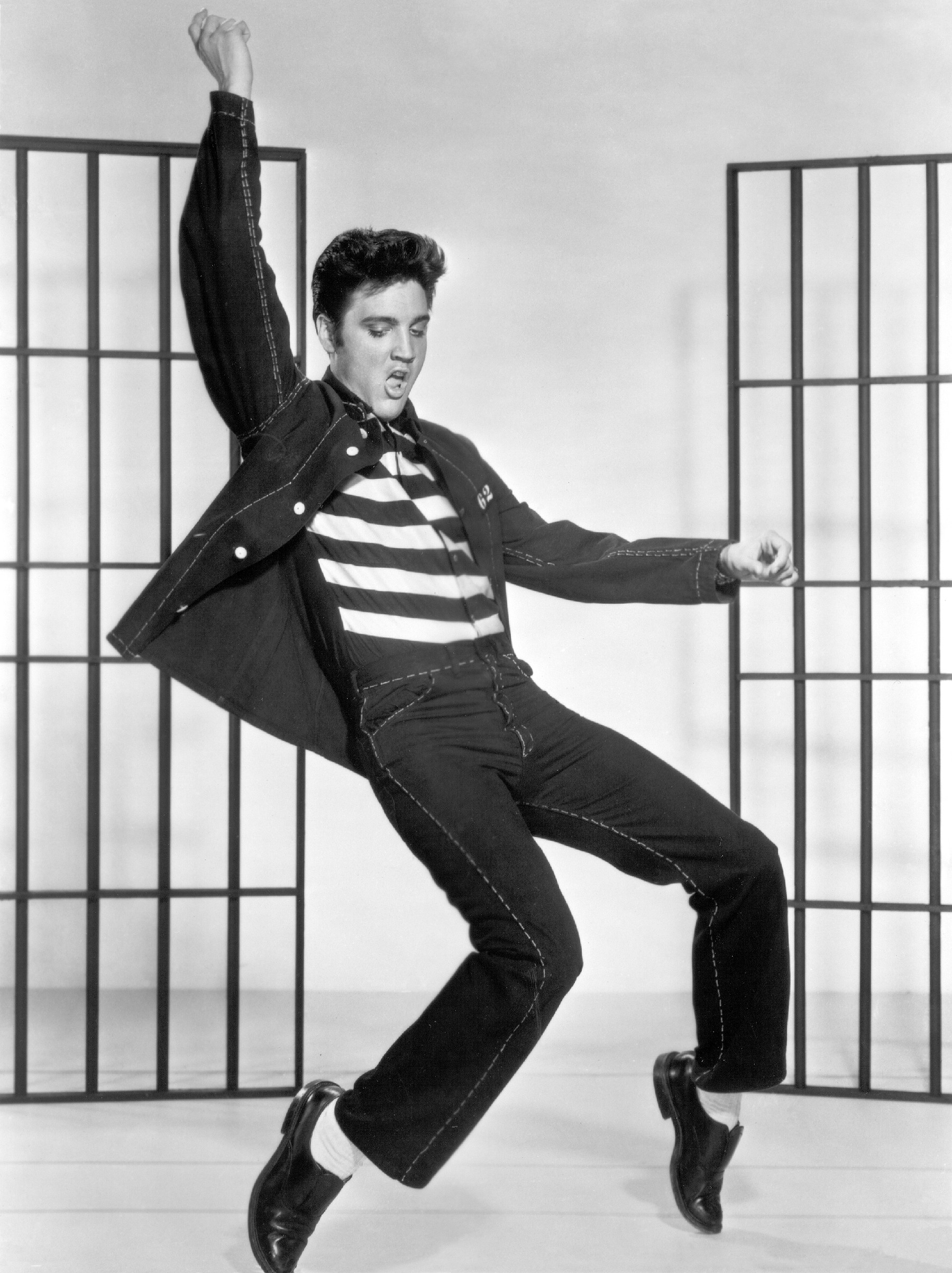 Black Flag Henry Rollins performing
Black Flag Henry Rollins performing
Black Flag’s “Police Story,” a blistering 90-second burst of hardcore punk from 1981, is a raw and visceral “jail song” reflecting the band’s experiences with police harassment in the Los Angeles hardcore scene. Greg Ginn’s lyrics, delivered with Henry Rollins’s aggressive snarl, paint a picture of constant police scrutiny and unjust arrests targeting the punk subculture. Lines like “I go to court for my crime. Stand in line, pay bail. I may serve time,” convey the frustration and anger at a system perceived as discriminatory and oppressive. “Police Story,” from the Damaged album, acts as a bridge between the minor offenses depicted in “Spray Paint (The Walls)” and the more serious implications of imprisonment explored in “Padded Cell,” all within the context of police overreach.
Nas – “One Love”
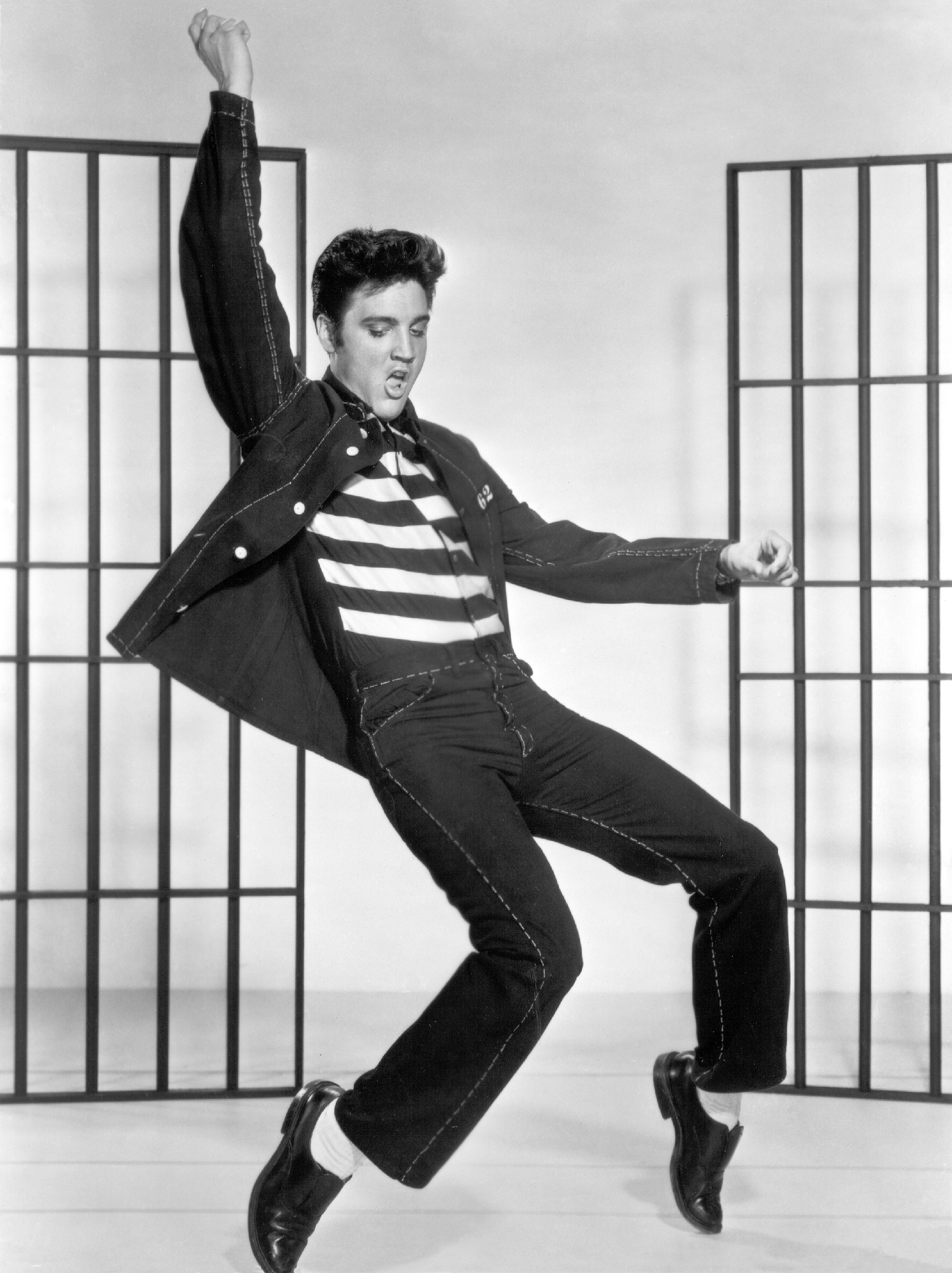 Nas performing One Mic concert
Nas performing One Mic concert
Nas’s “One Love,” a standout track from his seminal debut Illmatic, takes the form of a poignant letter to a friend incarcerated in prison, establishing it as a deeply personal “jail song.” The lyrics provide a snapshot of life in Queensbridge, New York, updating his friend on local happenings since his imprisonment. Nas balances good news, like the birth of the friend’s child, with harsh realities, such as infidelity. The raw honesty and empathy in Nas’s verses, coupled with the gesture of including commissary money, create a powerful portrayal of friendship and loyalty enduring despite the isolating impact of incarceration. “One Love” offers a grounded and human perspective on the effects of imprisonment on both the inmate and their community.
Snoop Dogg – “Murder Was The Case”
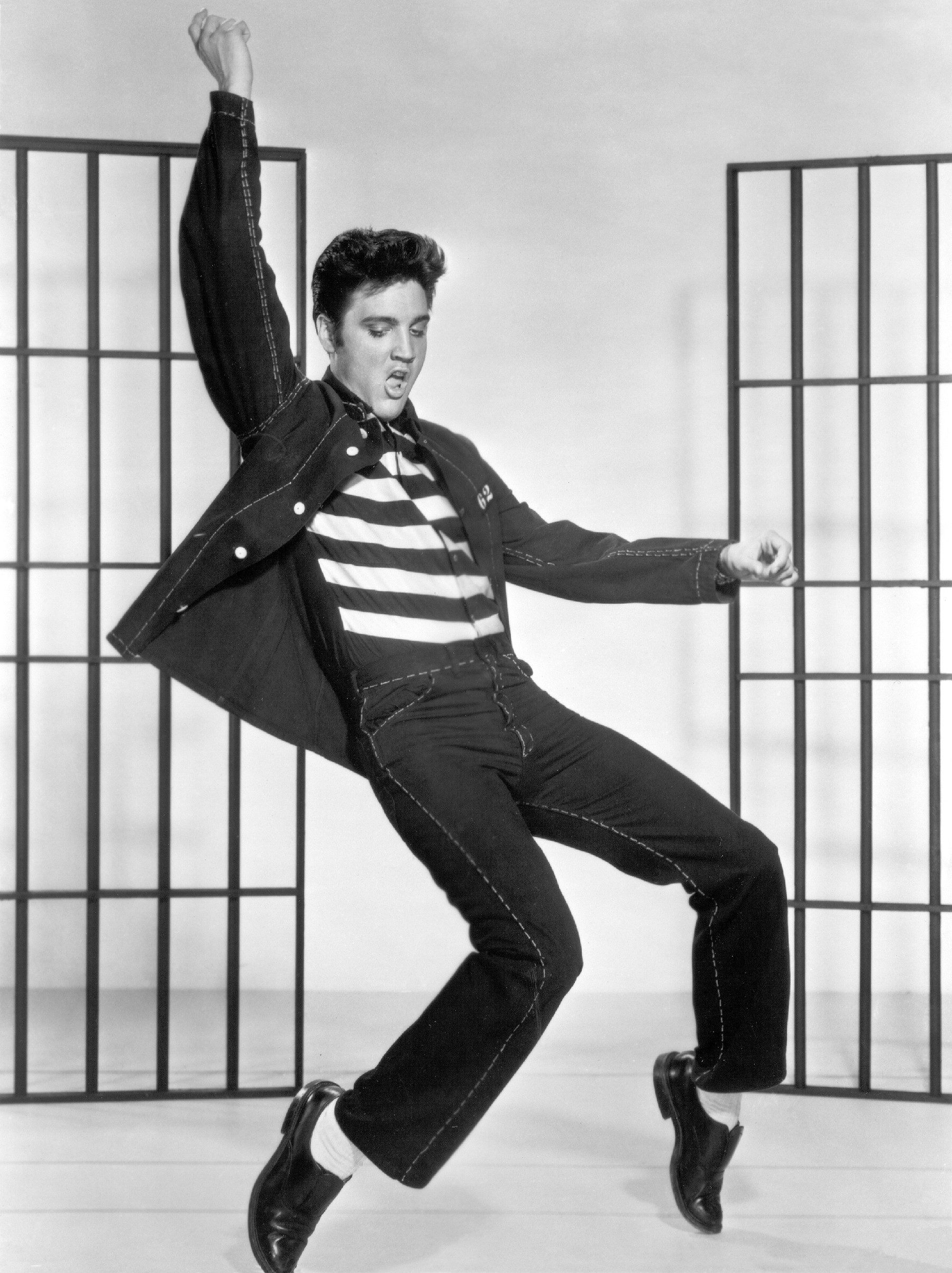 Snoop Dogg Murder Was The Case short film
Snoop Dogg Murder Was The Case short film
Snoop Dogg’s “Murder Was The Case,” produced by Dr. Dre, is a sprawling and cinematic “jail song” epic within the gangsta rap genre. Often compared to “November Rain” in its scope and narrative ambition, the song traces Snoop’s character’s journey from the streets of Long Beach to the California Institution for Men in Chino. The narrative is rich with classic gangsta rap themes: drive-by shootings, brushes with death and resurrection, deals with the devil, and the ever-present haze of weed smoke. The climax leads to prison, depicted as a violent environment of “shank wars.” The song’s impact was further amplified by an accompanying 18-minute short film in 1994, solidifying its place as a landmark “jail song” that blends gritty realism with larger-than-life storytelling.
Sam Cooke – “Chain Gang”
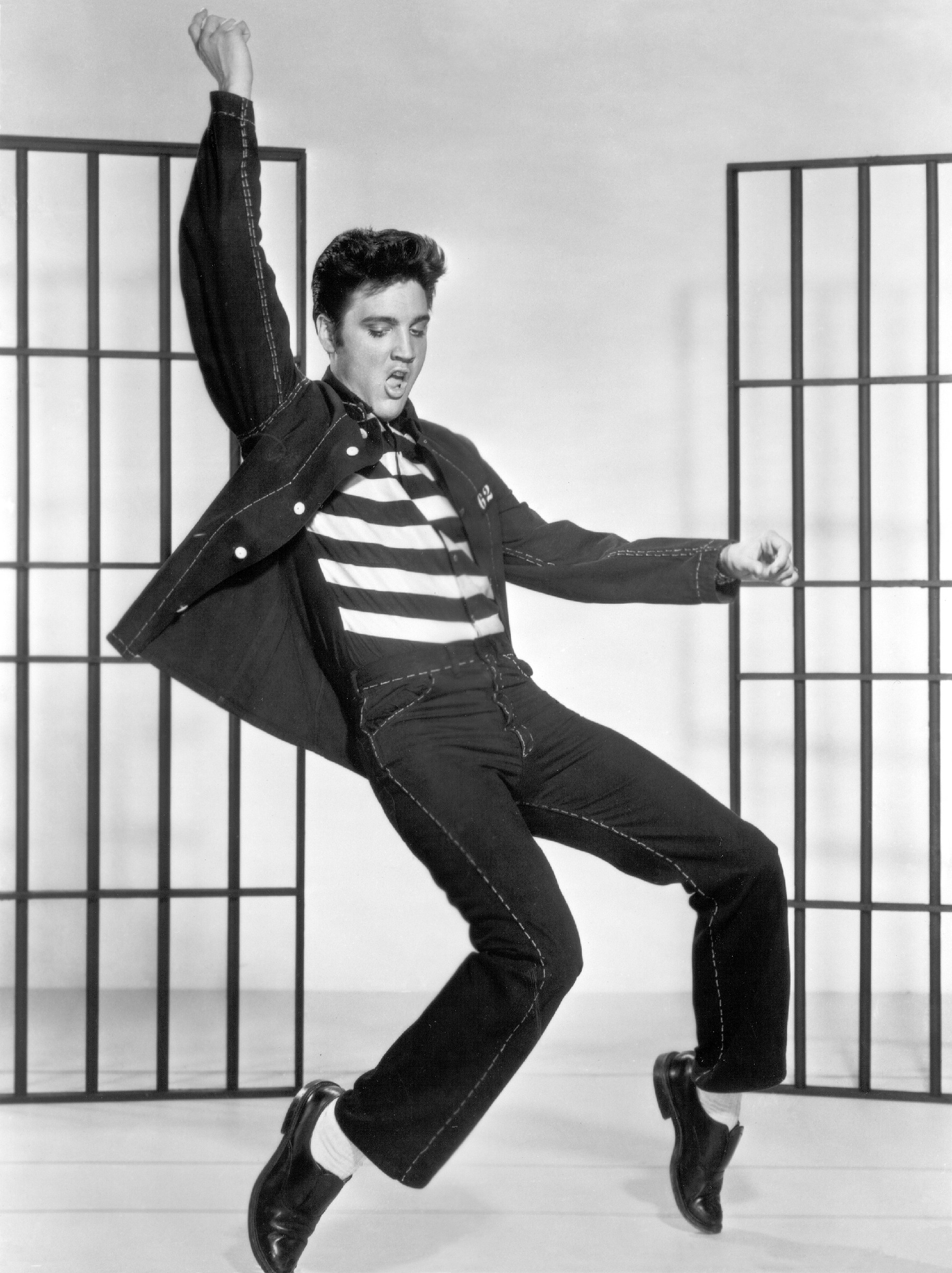 Sam Cooke singing chain gang inspired song
Sam Cooke singing chain gang inspired song
Sam Cooke’s “Chain Gang,” a deceptively upbeat hit from 1960, draws inspiration from a somber reality: the use of prison chain gangs for public works projects. Cooke’s encounter with a chain gang while on tour sparked the song, which acknowledges the grueling labor and dehumanizing conditions these inmates faced. Despite the rhythmic and almost cheerful melody, the lyrics subtly convey the prisoners’ longing for freedom and the hope that one day they will escape their shackles. “Chain Gang” functions as both a catchy pop song and a poignant social commentary, making it a unique and impactful “jail song” with a hidden depth.
Thin Lizzy – “Jailbreak”
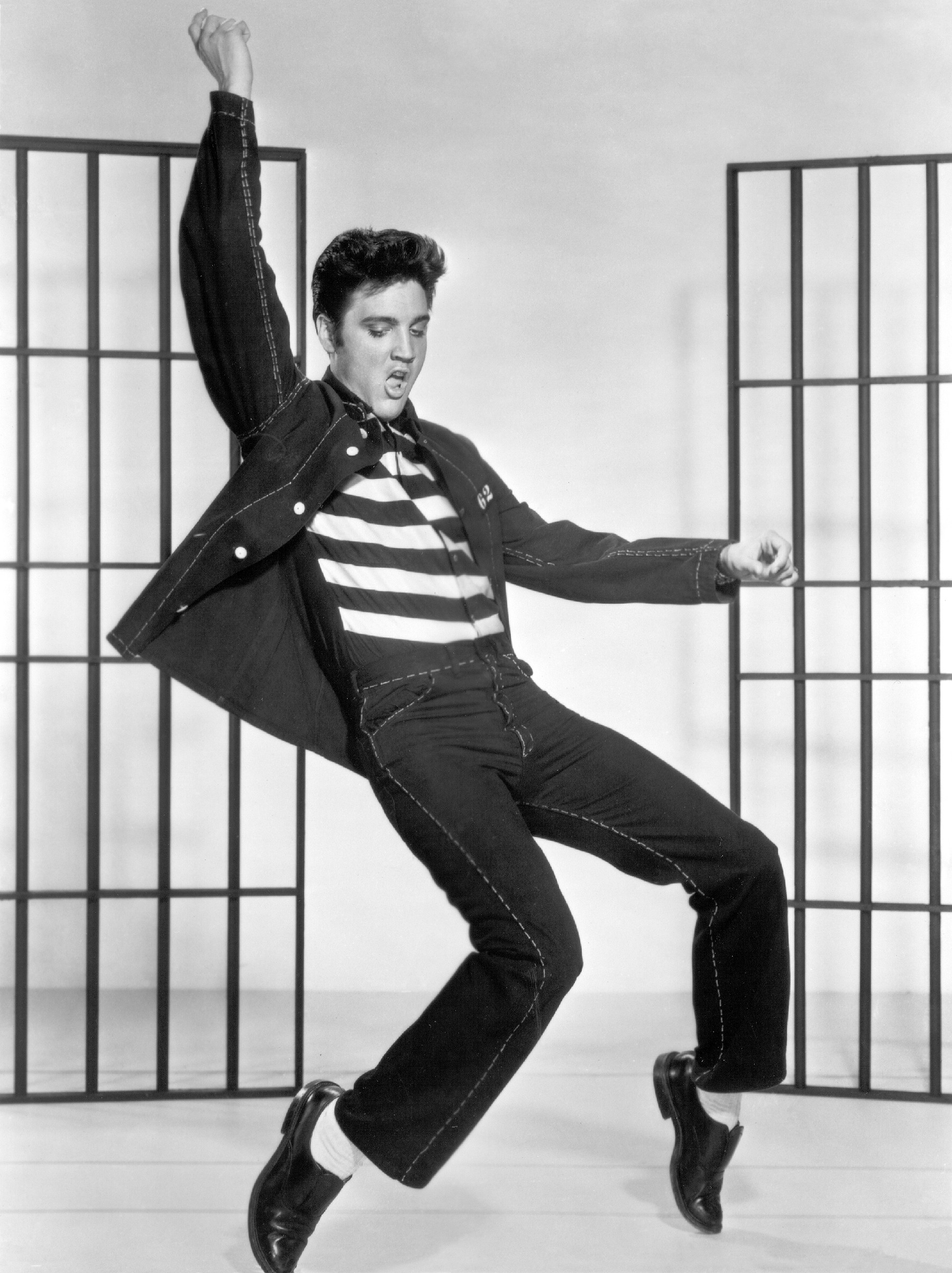 Thin Lizzy performing Jailbreak era
Thin Lizzy performing Jailbreak era
Thin Lizzy’s “Jailbreak,” a hard rock anthem from 1976, is perhaps the most literal and celebratory “jail song” on this list. The title itself leaves little to the imagination. The song is a high-octane narrative of a successful prison escape, complete with imagery of pursuing hounds and searchlights. Upon reaching the city, the escapees immediately shift their focus to seeking female companionship, embodying a classic rock and roll ethos of freedom and hedonism. “Jailbreak” is a pure adrenaline rush, a “jail song” that prioritizes the thrill of escape and liberation above all else.
James Brown & The Famous Flames – “Prisoner of Love”
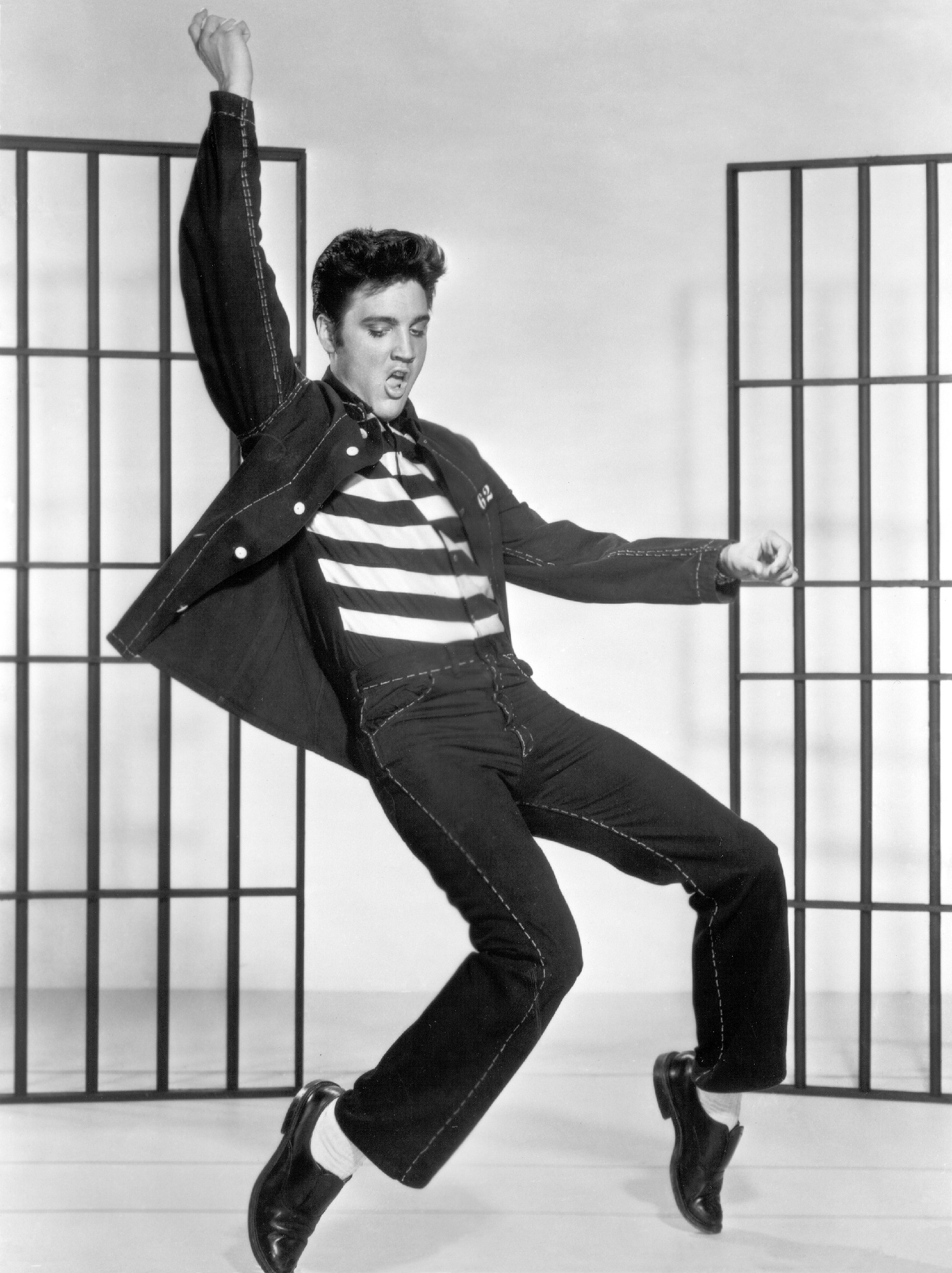 James Brown performing Prisoner of Love
James Brown performing Prisoner of Love
James Brown’s rendition of “Prisoner of Love,” recorded in 1963, brings a soulful and ironic twist to the “jail song” theme. Originally written in 1931 and popularized by artists like Russ Columbo and Perry Como, Brown’s version injects raw emotion and his signature vocal dynamism into the classic tune. In Brown’s interpretation, the “prison” is not a physical jail, but the metaphorical confinement of romantic commitment – marriage. This “jail song” uses the language of imprisonment to describe the feeling of being bound by love, offering a humorous and relatable take on the complexities of relationships.
Public Enemy – “Black Steel in the Hour of Chaos”
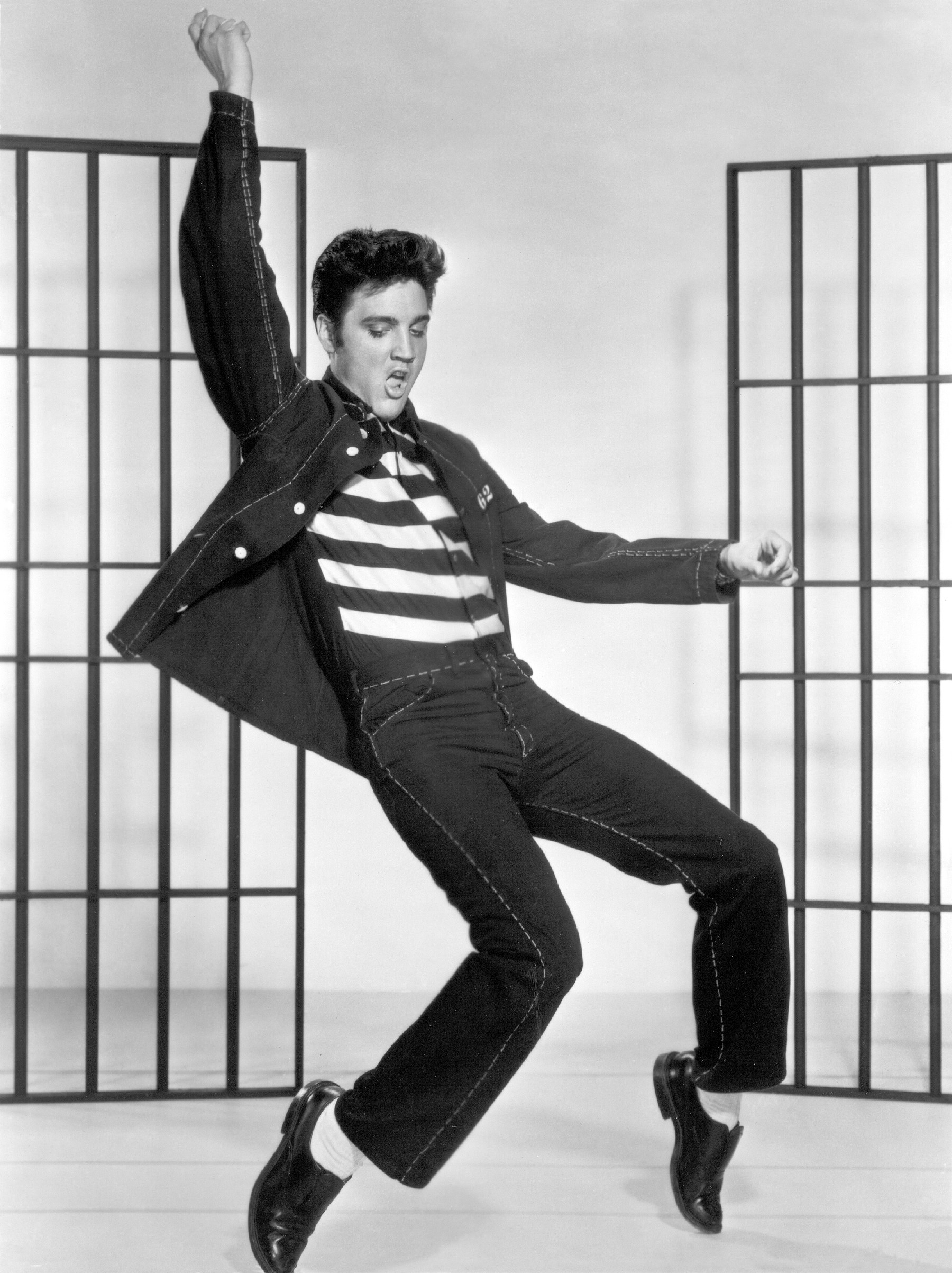 Public Enemy performing live on stage
Public Enemy performing live on stage
Public Enemy’s “Black Steel in the Hour of Chaos,” from their groundbreaking album It Takes a Nation of Millions to Hold Us Back, is a politically charged and narrative-driven “jail song.” It unfolds as a detailed account of a draft dodger’s audacious prison break. The song depicts a correctional officer falling asleep, allowing the protagonist to seize the officer’s “black steel” (gun) and initiate a chaotic escape plan. “Black Steel in the Hour of Chaos” is more than just a “jail song”; it’s a commentary on resistance against authority, the military-industrial complex, and systemic oppression, using the prison break narrative as a powerful metaphor for rebellion.
Nate Dogg feat. Snoop Dogg – “Never Leave Me Alone”
 Nate Dogg performing on stage
Nate Dogg performing on stage
Nate Dogg’s “Never Leave Me Alone,” a smooth G-Funk ballad from 1998, incorporates a “jail song” perspective through a verse by Snoop Dogg. Framed within Nate Dogg’s song about a man torn between a life of love and a life of crime, Snoop’s verse offers an intimate glimpse into the thoughts of a prisoner. He raps about being betrayed (“somebody was naughty when they snitched on me”) and facing a lengthy sentence (“sentenced me to do about a century”). Snoop’s lyrics also express vulnerability, revealing his worries about his partner’s faithfulness on the outside. This feature transforms “Never Leave Me Alone” into a “jail song” that explores the emotional toll of imprisonment and the anxieties of separation.
Skip Spence – “Weighted Down (The Prison Song)”
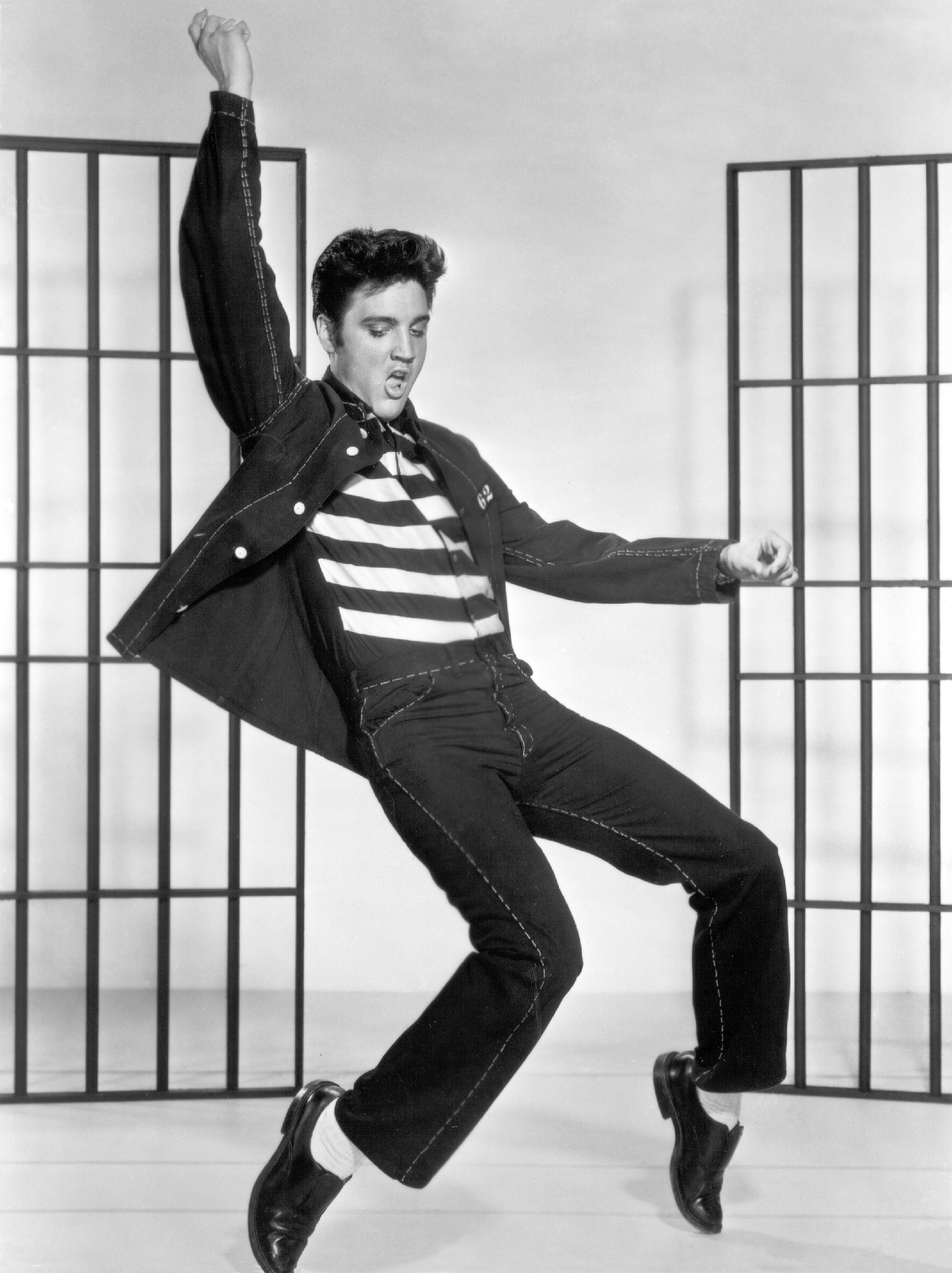 Skip Spence Oar album cover
Skip Spence Oar album cover
Skip Spence, a musician with stints in both Jefferson Airplane and Moby Grape, penned “Weighted Down (The Prison Song)” during a particularly turbulent period of his life, making it a deeply personal and autobiographical “jail song.” Following a diagnosis of schizophrenia and a mental breakdown in 1968, Spence was confined to psychiatric wards, including Bellevue and The Tombs. It was during this involuntary confinement that he wrote songs for his sole solo album, the psychedelic masterpiece Oar. “Weighted Down (The Prison Song)” directly reflects his experiences in these institutions, serving as a raw and unfiltered expression of his mental state and the feeling of being trapped, both physically and mentally.
Merle Haggard – “Life in Prison”
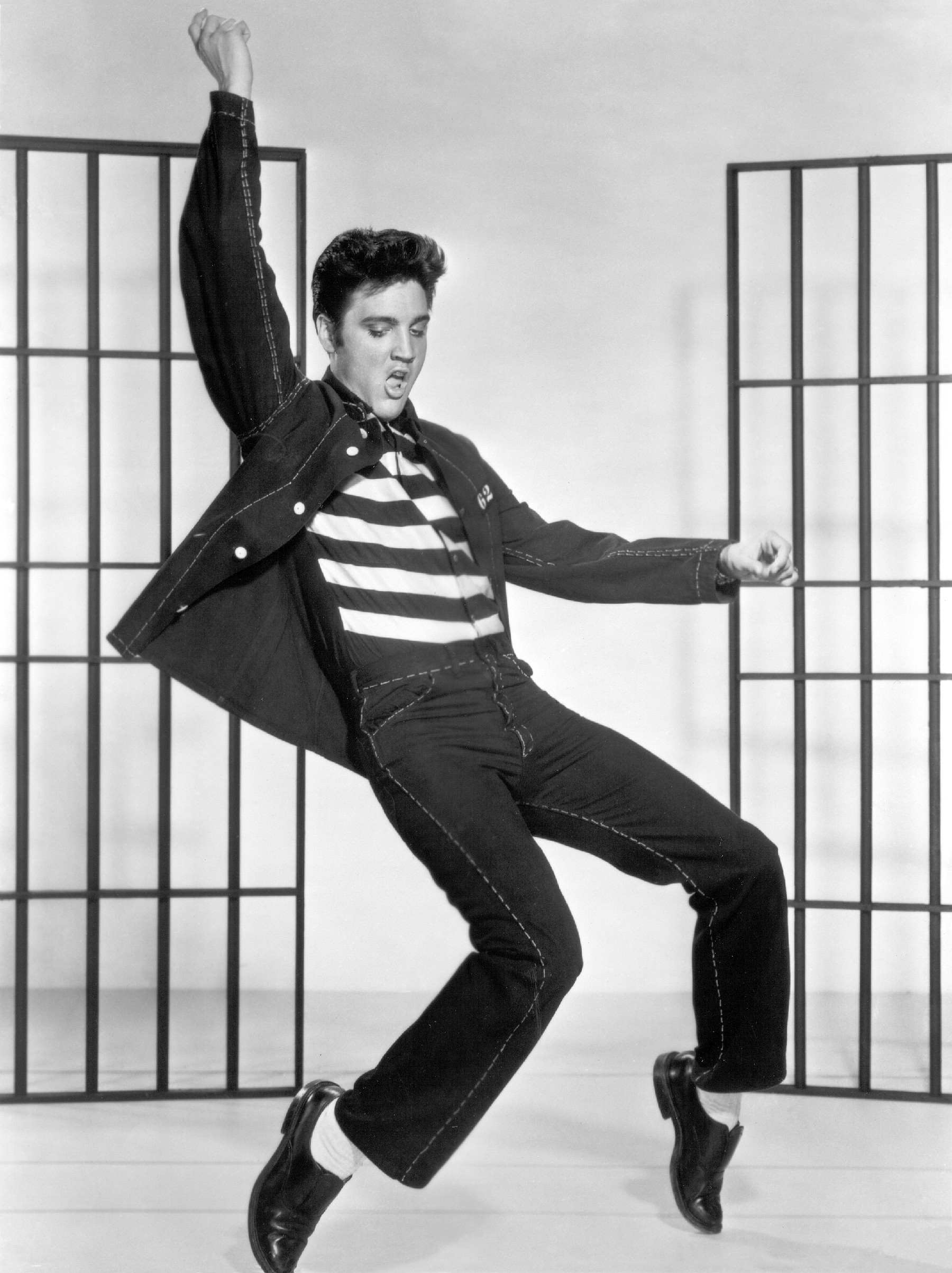 Merle Haggard performing with guitar
Merle Haggard performing with guitar
Merle Haggard, a foundational figure in outlaw country, delivered a stark and narrative-driven “jail song” with “Life in Prison.” Featured on his 1967 album I’m a Lonesome Fugitive, the song tells the grim story of a man condemned to life imprisonment for killing his wife in a fit of rage. “Life in Prison” explores themes of regret, consequence, and the finality of a life sentence. The Byrds famously covered “Life in Prison” for their album Sweetheart of the Rodeo, further cementing its status as a classic “jail song” within the country and folk-rock traditions, highlighting the enduring power of its somber narrative.
Louvin Brothers – “Knoxville Girl”
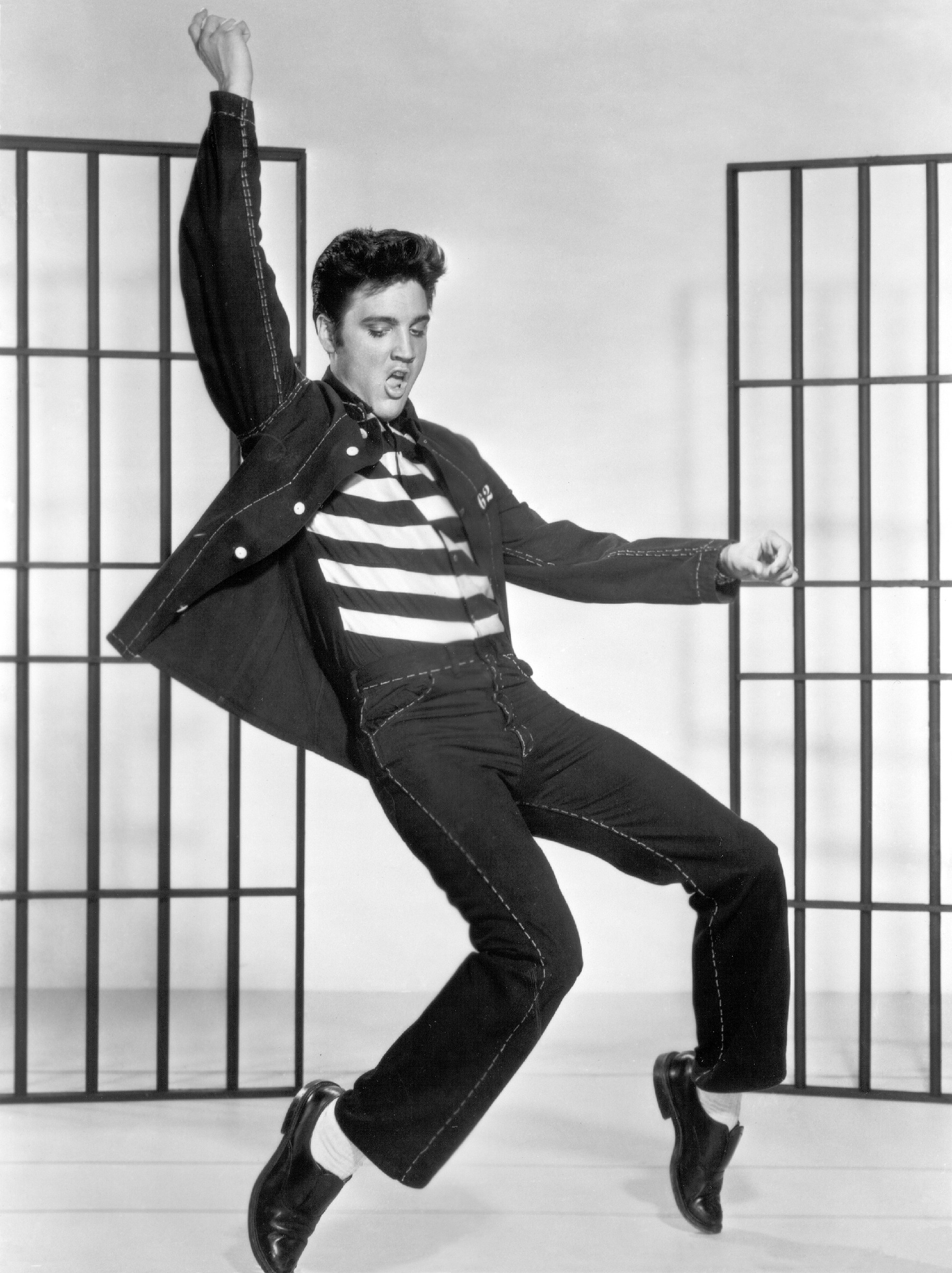 The Louvin Brothers album cover
The Louvin Brothers album cover
The Louvin Brothers’ “Knoxville Girl” is a chilling and unsettling “jail song” presented in the guise of a traditional Appalachian murder ballad. The song’s disturbing narrative unfolds with an unsettling calmness, delivered by the duo’s seemingly angelic harmonies. It tells the story of a chance encounter in Knoxville that escalates into brutal violence: a man murders a young woman, disposes of her body in the river, and is ultimately caught and sentenced to life in prison. “Knoxville Girl,” despite its disturbing content, showcases the storytelling power of traditional music and the enduring fascination with dark narratives, even within the seemingly wholesome genre of brother duets. Its inclusion on this list underscores the broad spectrum of themes explored within the realm of the “jail song.”
Conclusion:
From rock and roll rebellion to poignant social commentary and personal reflections on confinement, the “jail song” has proven to be a remarkably versatile and enduring form of musical expression. These songs, spanning genres and decades, reveal our collective fascination with the themes of imprisonment, freedom, justice, and the human condition under duress. They offer listeners a glimpse into the world behind bars, whether literal or metaphorical, and continue to resonate with audiences seeking narratives of struggle, resilience, and the enduring hope for liberation.

